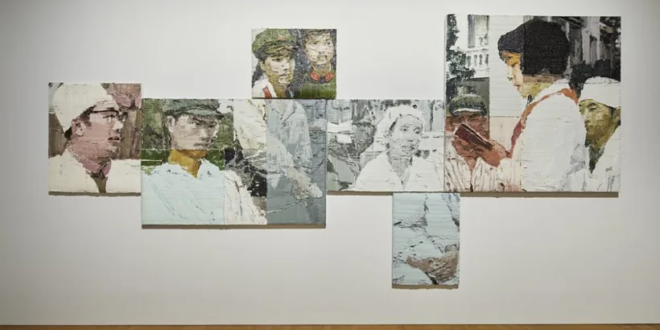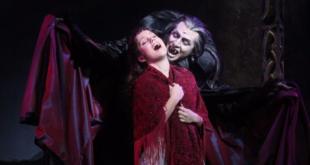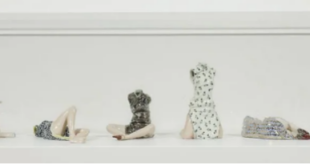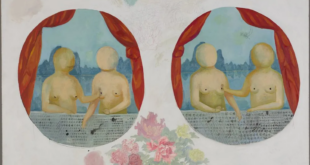One of my favorite artwork in the Sigg collection exhibited in M+ Museum was The Happiness of Long Sleep by Li Songsong, not only because of its aesthetics created by thick layers of oil paint but also due to its power to allure the viewers to reflect on their perception toward the concept of history and manipulation.
In the tumultuous 1980s, Chinese avant-garde artists boldly critiqued the constraints of Socialist Realist style and imagery associated with the Cultural Revolution. As Chinese art gained global prominence in the 1990s, artists reexamined socialist images, seeking to reaffirm their cultural identity amidst a rapidly globalizing art scene. Li Songsong, born in 1973, was a prominent figure in this movement, deeply influenced by and contributing to this wave.
Created in 2006, The Happiness of Long Sleep is a collage of enlarged historical photographs, fragmented into different perspectives. A girl wearing a red scarf recites passages from Mao Zedong’s little red book to an audience of doctors and patients, a typical scene in mid- to late-20th century in China when Mao’s cult of personality prevailed. Political slogans and Mao’s quotations were fervently propagated in various settings, including schools, workplaces, and hospitals, as part of the government’s campaign to indoctrinate the populace and maintain control over all aspects of society.
The attention to detail in facial expressions and body language is evident, yet Li Songsong’s hallmark thick layers of paint obscure their faces, leaving room for interpretation. Through deliberate manipulation of historical photos, Li invites viewers to question the authenticity and truthfulness of the narrative being presented.
While the whole artwork seems like a single picture depicting a single scene, Li deliberately alters the color of each section, compelling the viewers to question their preconceptions and confront the uncertainties inherent in people’s understanding of the past. Are these segmented images truly part of a single picture, or are they chosen from different settings and carefully manipulated to form a seemingly logical scene? We would never know.
Now, even the authenticity of a small artwork can be questioned, what about history? In a broader sense, does history itself resemble a collage of disparate viewpoints, rendering the authenticity of stories perpetually elusive?
As I gazed upon this evocative artwork and tried to make sense of all this, I am also gaining my own perspective. However, truly, am I merely gaining my individual perspectives, or is the art itself manipulating my perceptions? Or, in other words, are we manipulating the art by bestowing our own understandings on it, or is it controlling us by evoking our reflection.
 Tempus Magazine By Students, For Students
Tempus Magazine By Students, For Students 



